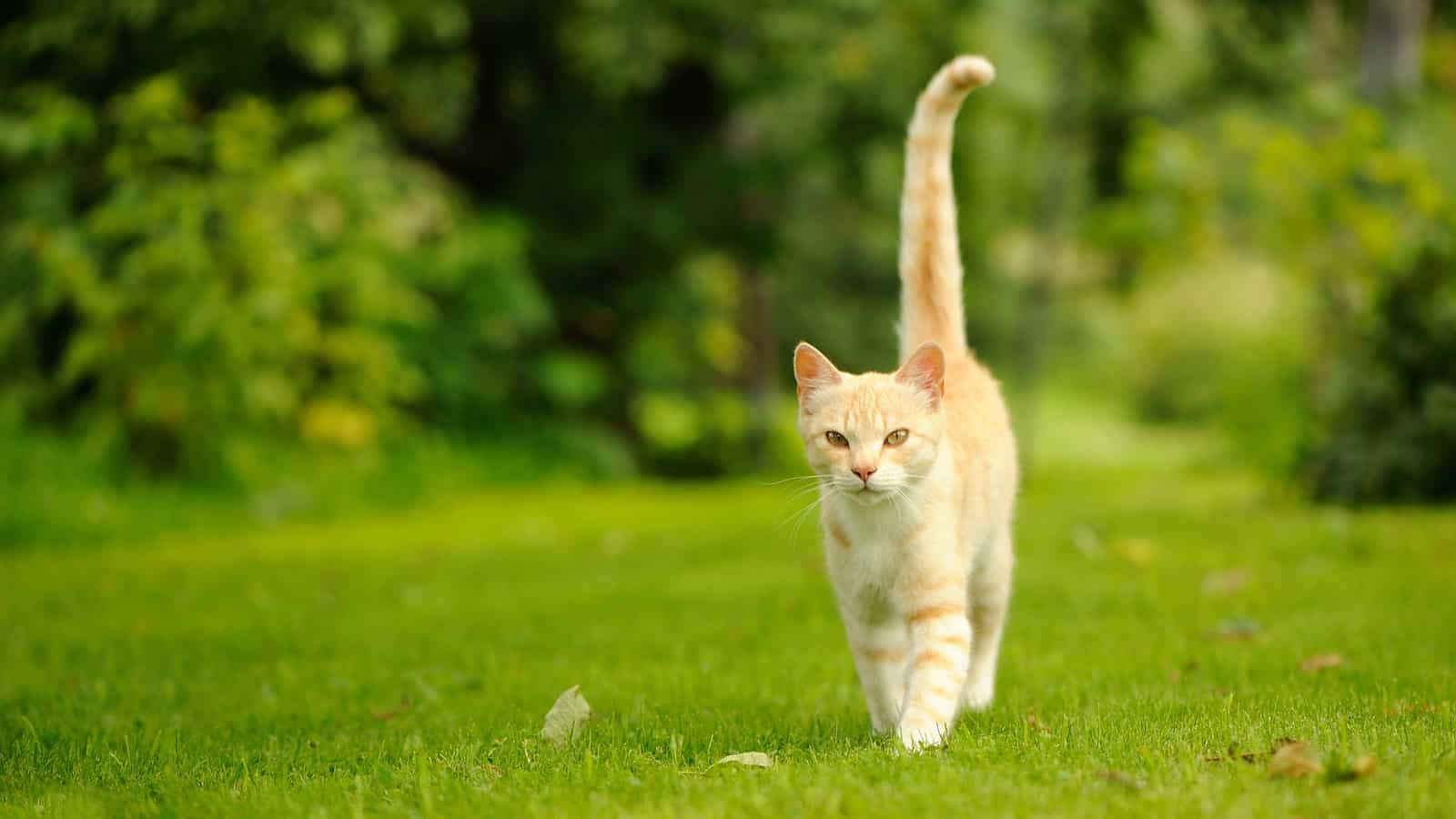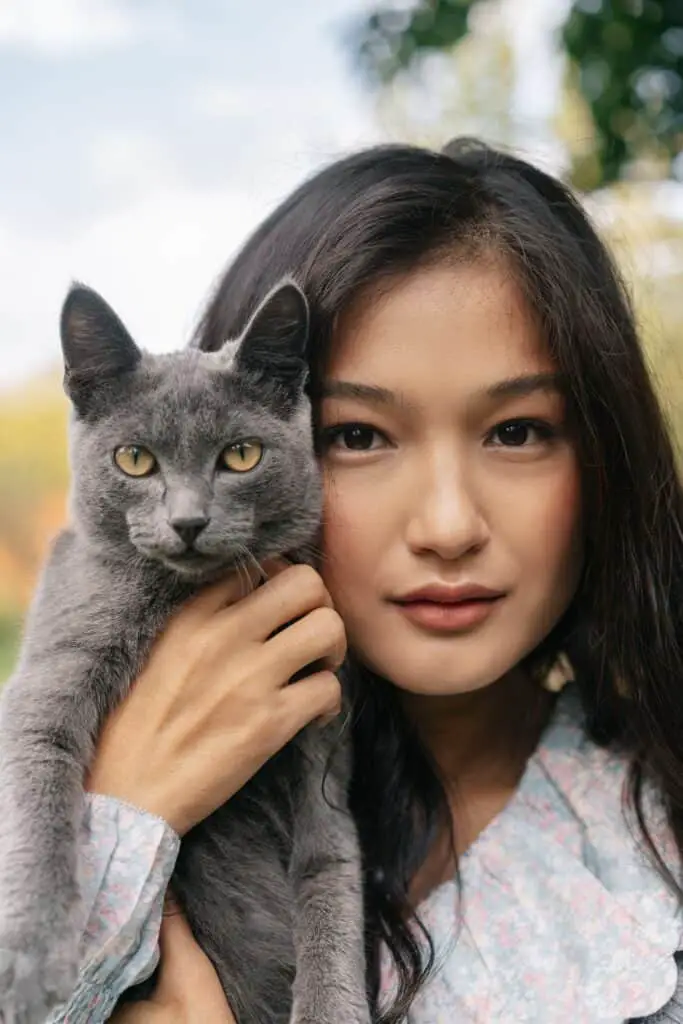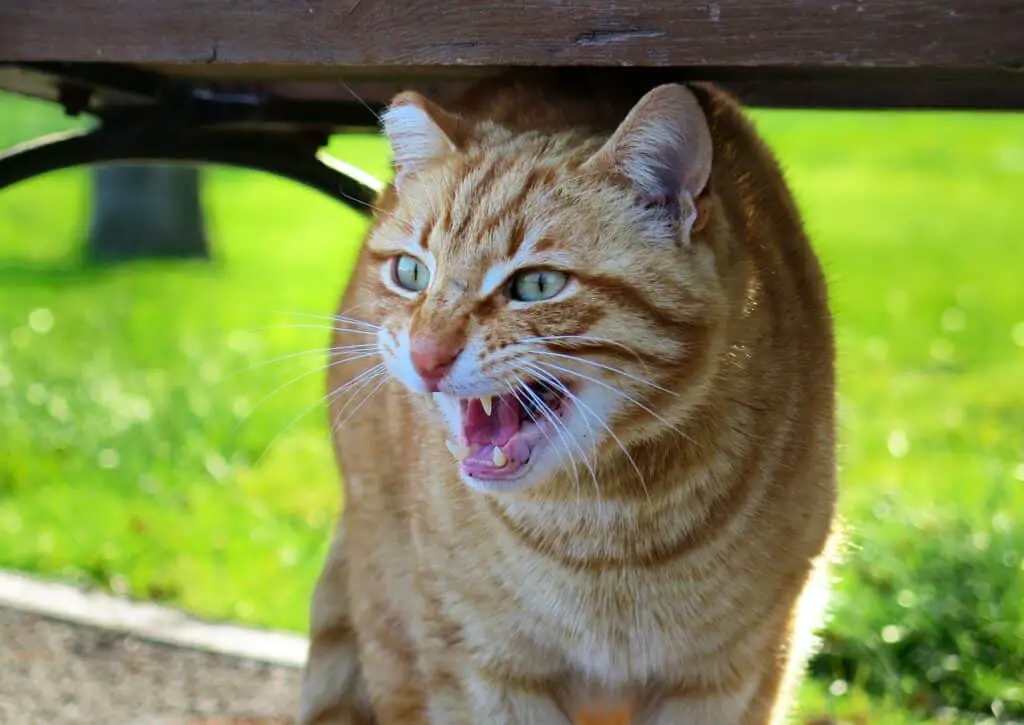Ever get woken up by your cat whipping its tail in your face or stood in awe while watching your cat perform acrobatics or walk a tight ledge?
A cat’s tail is an indispensable part of its body that fulfills many essential functions in its day-to-day life. We cat parents, and perhaps even cats themselves take their tails for granted but let’s explore this body part further and discover what a cat’s tail is made of and how they use it.
Why do cats have tails?
Cats have tails to perform a variety of functions in their daily lives. Their tail is an essential instrument to help them keep their balance when walking, give them agility while hunting for prey evading predators. Tails also assist them in jumps, makes them land on their feet and play a vital role in cat-to-cat or cat-to-human communication.
Agility and control
The feline tail is actually a very powerful extension of a cat’s body.
Have you ever watched a cat walk a narrow ledge or run at high speeds, chasing a mouse? You will have noticed their tail movement that helps to balance and steer them.
All cats have this ability, no matter if it’s your cute kitty or a cheetah. The short clip below shows beautifully how a cheetah uses its tail as a sort of rudder to steer them while running and give it a better sense of balance.
Your cat uses her tail in the same way.
Lastly, some people argue that the incredible feat of cats always landing on their feet is also achieved because of their tail.
It is commonly believed that cats forcefully whip their tail when falling to right themselves. Although their tail does move while falling, the way they right themselves during a fall is even more ingenious and is explained in the following video.
Communication
Although it’s not the primary function of a cat tail, any cat owner will know that they’re very useful to assess a cat’s mood, apart from its body posture.
Think about it; in comparison, we humans use our fingers, obviously, for holding objects, but we also use them to gesture.
They’re a secondary form of communication, or for when words downright fail us. Our fingers have more than one function.
Cat’s tails are similarly multifunctional. Cats –last I checked – don’t talk, so their tail is essential to communicate with humans and other cats.
How do cats use their tail?
Cats primarily use their tails as a counterbalance when moving around, aiding in their agility. The many sensory nerves in their tails allow them to “feel” their environment and enable the brain to coordinate snap decisions in response. Because of this, they can adjust movement and orrientation in a split second.
Ever see your cat jump in the air to catch a toy, get distracted by something else, and then jerk their whole body toward the new target? They have their tails to thank for that.
In the wild, they can respond to the reaction of their prey or suddenly leap away from a predator who is after them. But you don’t even need to observe a cat in the wild; grab a toy and watch them zigzag on the carpet.
Because the tail is part of the cat’s spinal cord, the countless nerves also give the tail a great sense of touch. These nerves send signals throughout your cat’s body to coordinate a response to its environment.
Let’s say, a toddler reaches for a cat’s tail; even before the kid fully grabs on to your cat’s tail, these nerves shoot a signal to your cat’s brain and cause a reflex, swishing its tail out of the toddler’s reach or they simply take off like a rocket.
Do cats have control over their tails?
I know, I know . . . it doesn’t seem like they do, especially when cats chase or attack their own tails. But, of course, they have control over them!
As we explored before, cats use their tails quite intentionally for communication with humans and other cats and maneuvering their bodies through various obstacles in their environments.
Your cat’s tail is not quite prehensile, like a monkey’s tail, which can use its tail to grab and pick up objects, as well as using it to aid in climbing trees.
However, your cat uses its claws to climb and grab. It has enough control of its tail to perform all kinds of gestures, such as swishing its tail from side to side when it’s angry or pulling it between its legs when it’s scared. For more subtle gestures, it can also independently move the tip of its tail!
How do cats communicate using their tail?
Cats communicate their mood via their tails. Tail posture is part of the feline body language and displays basic emotions like interest, love, anger or fear. These tail signs are universal to all cats and are used to communicate with both humans and other cats.
When interacting with cats on a regular basis you will likely have picked up on the different meanings of your cat’s tail posture.
Feeling lost over what your cat is trying to tell you? Take a look at some examples below:
- Tail Down – A nervous or aroused cat will often tuck its tail between its legs. It may walk low on the ground while looking for a hiding spot. If you see your cat like this, something obviously scared her and it’s best not to approach her at that moment.
- Tail Quiver – If your cat has ever greeted you with an upright tail and a little bit of a quiver near your body, this is a good sign. This is an expression of love! If your cat isn’t neutered, know that this may also mean it’s feeling aroused or territorial.
- Tail Flick – When your cat is quickly flicking the very tip of its tail, that means she’s excited and wants to play!
- Tail Thrash – Probably the most well-known is the tail trash. A thrashing tail belongs to an angry cat. It will dramatically thrash its tail side to side to warn you, which is generally accompanied by taut body language and a hard stare. Leave your cat alone for a while so she can calm down.
- Tail Curl – When a cat curls its tail around her front legs while sitting straight up, it means that she wants to be left alone. She might be nervous or or uncomfortable with something. The tail in this position creates a ‘barrier’ between them and whatever it is that is causing them concern.
Want to know more about your cat’s tail language? Have a look at the video below:
Do all cats have tails?
Not all cats have tails. Apart from abnormalities such as kittens born without tails, the Manx is a cat breed that is naturally born without a tail. The reason for this is a specific gene, unique to the Manx that supresses tail growth. Other than that, Bobcats and Lynxes are also born without tails.
Apart from cats that are meant to be tailless, some cats lose their tail because of an accident or disease.
You’d think that a cat would find it a major detriment to living its life without a tail, but you’ll find this isn’t the case at all! Cats can quickly learn to adapt to having no tail, even if it has lost its tail to amputation or injury.
For cats born without tails, like the Manx breed, experts theorize that a highly sensitive vestibular apparatus inside their ears allows them to balance. For cats that lose their tail at a later age, their sense of balance improves over time to compensate for the loss of their tail. Just like people who lose their sight will develop better hearing to compensate.
However, assessing a cat’s mood will become more of a challenge for a cat owner.
With its primary mode of communication missing, you will have to learn how to look for signs in your cat’s eyes, body posture, and voice.While a cat easily adapts to balancing without a tail, it will do nothing to compensate for its hindered communication. It’s our responsibility to meet our cats halfway in this regard.
Does a cat’s tail grow with age?
A cat’s tail grows with age until they reach adulthood when they are about two years old. Their tail is typically 11 inches long but can vary slightly depending on the length of their body. Some cat breed associations judge a cat’s tail based on its length, specifying that it should be equal to the length of the body.
Final thoughts
All that said, there are distinct advantages to having a tail for all animals and the same is true for cats. As we’ve seen today, a cat’s tail is good for many purposes but luckily, they’re not lost without them and will quickly adapt, even if they had to lose their tail at some stage in their lives.
Now, go play with your cat, watch that tail, and see if you can see what it’s telling you!





